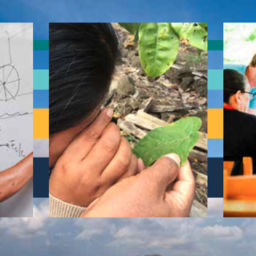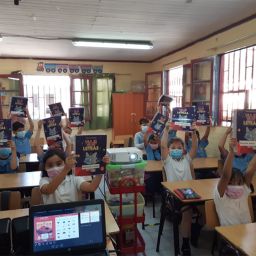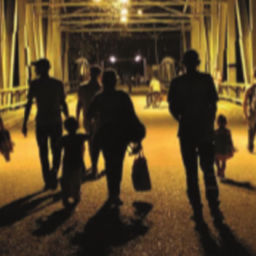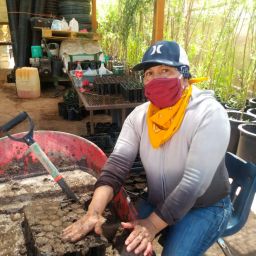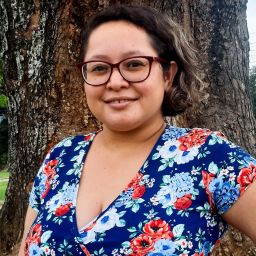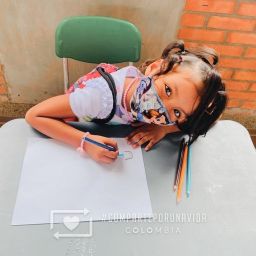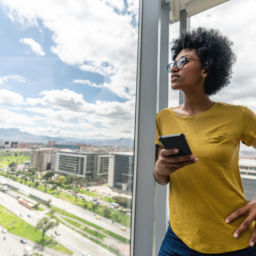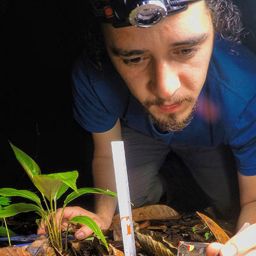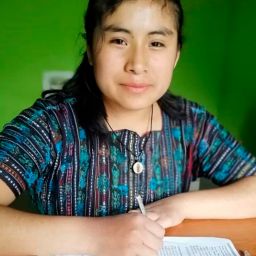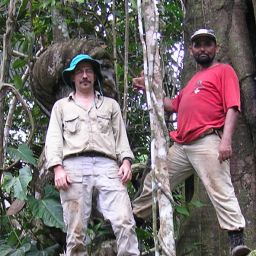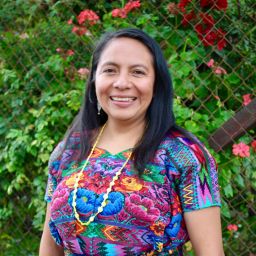By Caroline Kronley, president of the Tinker Foundation
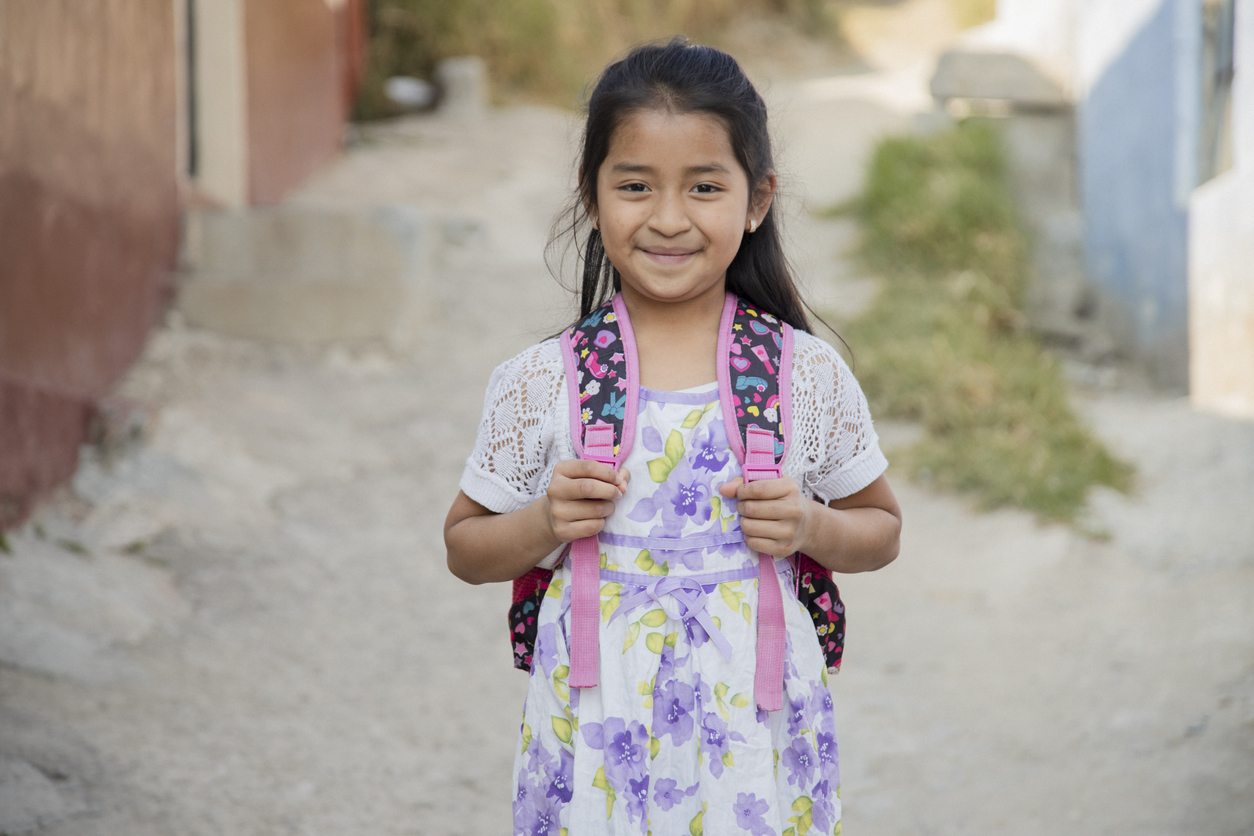
In September 2020, I wrote on Philanthropy News Digest’s Commentary page about the Tinker Foundation’s decision to focus on an urgent but underfunded consequence of the pandemic: interrupted learning for millions of students in Latin America. Rereading it, I note my alarm about what could unfold if students remained disconnected from schooling. How would children without smartphones participate in “Zoom school”? What would happen to families that depended on school not only for learning but also for nutritious meals and access to services? Nearly three years later, we are reflecting on what we learned during this time—about both the impact of COVID-19 on the education landscape in Latin America and our response as funders and members of a broader philanthropic community.
Writing that piece, I never imagined that hundreds of thousands of children would still be out of school as late as the beginning of this year. Across most of Latin America, school closures endured well after other sectors of society and the economy reopened, amounting to some of the longest gaps in in-person education in the world. While countries with the strongest educational systems, like Uruguay and Chile, tended to reopen schools fastest, those with the region’s highest pre-pandemic rates of “learning poverty,” like Guatemala and Honduras, took far longer, especially in rural areas.
Now, according to the World Bank, “basic learning in Latin America and the Caribbean is facing its biggest crisis in a century.” Lost years of schooling have left many third and fourth graders without grade-level literacy and numeracy skills. Perhaps most perniciously, the effects of school closures appear greatest among the most vulnerable socioeconomic groups, those who, in the decades before the pandemic, had seen steady gains in education access and graduation rates. Researchers predict that while children in the wealthiest families will complete their secondary education relatively unscathed, “secondary school completion rates among children from low educated families are likely to drop substantially due to the pandemic.” In Guatemala and Honduras, this number could fall below 10 percent—with huge potential implications for economic development, irregular migration, and well-being.
As the gravity of the educational crisis became apparent, we increased our investment—from an initial commitment of $500,000 to nearly $6 million in grants awarded to more than 40 organizations undertaking resourceful work to keep students connected to learning. We supported them to collaborate with one another when helpful. Yet, confronting a challenge of this magnitude, we grappled with the limitations of our funding and reach. If we had any hope of contributing in a significant way, we would need partners who shared our sense of urgency. The experience of responding to a systemic crisis stretched and strengthened our organization and yielded some broader lessons:
Don’t wait for conclusive data or for others to act first.
Although we are now awash in statistics that demonstrate just how profound the pandemic educational crisis has been in Latin America, when we first began shifting funding, we lacked strong evidence to support the decision. We did, however, have some leads and informed hunches to draw on: Data from previous educational interruptions—the 2005 Pakistan earthquake, the Ebola outbreaks in 2014-15—indicated that even a few months of missed schooling could put learning at risk and increase dropout rates. Initial reports from partners and local media confirmed that—as expected—the shift to virtual schooling was leaving already-marginalized students behind. Finally, we identified a few researchers doing exceptionally helpful work to project the possible impacts of the pandemic, raising the possibility of “generational scarring”; this insight helped kickstart conversations with other funders. I’m grateful that our board members were willing to risk “overkill” if the issue proved less grave than we feared. With their support, we got funds out the door faster than in our typical process, enabling us to support effective organizations at the height of the crisis.
Stay close to the people closest to the problem.
Our grantmaking strategy benefited from ongoing conversations with frontline organizations, advocates, and young people themselves that prompted us to think differently about how we could best support them. For example, in one virtual focus group, civil society leaders expressed a desire to engage more effectively the local government and school officials making decisions on school reopening. Capacity building for influence at the local and national levels became a core feature of the RECARGA educational recovery initiative that Tinker and five other institutional funders launched with the Global Fund for Children in 2022.
Look for and learn alongside allies.
Early on, we identified other funders who shared our concern and agreed to explore opportunities together. One of our first partners, the Summit Foundation, approached the crisis through the lens of its “Equality for Women and Girls” program. While not a traditional funder of education, Summit recognized that if girls couldn’t continue their schooling after the pandemic, few of the foundation’s broader gender-equality goals could be achieved. We found that our commitment to a pressing common objective—mitigating the impact of school closures on the most vulnerable students and ensuring an inclusive, safe return to school—could overcome any differences in programmatic priorities or grantmaking approaches.
Remain engaged even as others’ sense of urgency fades.
We now know what interventions and investments work best to close the learning gaps left by the pandemic. Yet, as we pass the three-year mark, many stakeholders appear eager to move on. As in the United States, school reopening processes in Latin America were politically controversial and emotionally fraught, an uncomfortable topic for decision makers. With some notable exceptions, few ministries of education have fully mobilized to address COVID-19’s generational impact on learning, focusing instead on a return to schooling as usual. Meanwhile, among philanthropists we see a shift toward more forward-looking priorities and waning interest in mitigating the harm of a once-in-a-century event.
In our view, though, moving on too soon would be shortsighted. First and foremost, there remains an important—and rapidly closing—window to support a generation of students whose educations and future livelihoods remain at stake. Further, three years into the pandemic, we have more information than ever before on what works to “level up” students and how to address in educational settings the trauma that many experienced during the pandemic. We also see an opportunity to support education organizations to learn from and build on their pandemic-era work, fueling the development of longer-term strategies for equitable education.
Look for the “portal” to a better future.
Early in the pandemic, Arundhati Roy reminded us that throughout human history, pandemics have served as a portal, a chance to “imagine another world.” As tragic as the setbacks for Latin American children and young people have been, we have indeed seen glimpses of “another world” of more inclusive education in the region and had the privilege to support some of the leaders and organizations that could help build it. We have learned from the remarkable “positive deviant” cases like Caldas, Colombia, where a longstanding public-private alliance for education promoted high-quality remote learning and a safe, orderly return to rural schools. We note the potential for technology to provide continuity in a crisis and support individualized learning, even as we observe that the medium that worked best for many communities was an old-fashioned one: community radio. And it’s clear that the many tools and methodologies that have been developed to help students catch up post-pandemic should now be refined and scaled for a future with climate-related interruptions to learning and ever more children on the move.
We can’t necessarily predict or avoid the next upheaval our hemisphere will face, but we can do far more to ensure that education won’t be an inevitable, lasting casualty. That requires facing and learning from the crisis still unfolding today.
